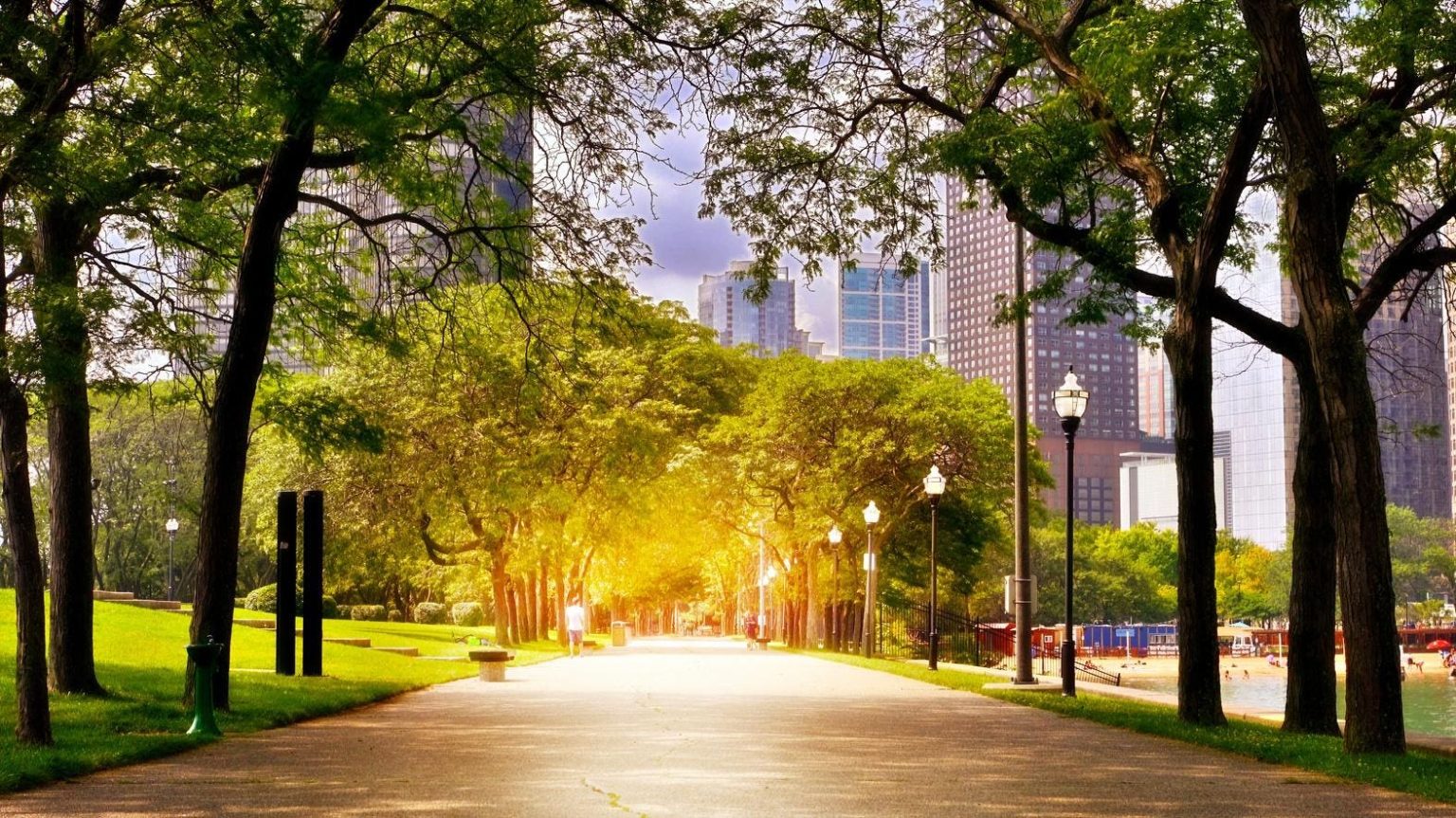John Krpan, CEO of Krpan Group, has been navigating the real estate industry since he was just 18 years old. He believes that thoughtful urban development can have a significant impact on the heart and soul of a neighborhood, beyond just bricks and mortar. His company focuses on creating a blend of residential, retail, and business areas to revitalize urban communities. Here are three key considerations to keep in mind when transforming a community.
The first consideration is the economic ripple effect of a development. Bringing in new businesses and residents can lead to job creation and economic growth in the area. Developers must strategically plan to attract businesses that enhance the local economy, such as a medical hub that can bring in doctors and medical professionals. Market research, engaging with local business leaders, and collaborating with municipal authorities are all essential steps in attracting businesses that contribute to the economic vitality of the area.
The second aspect to consider is sustainability and green space. John Krpan believes that developers have a responsibility to ensure that their projects contribute to the well-being of the community. Collaboration with local groups can help create green spaces, recreational areas, and cultural hubs within developments. Engaging with community organizations early in the planning process, establishing relationships with local environmental groups, and fostering transparent communication with stakeholders are all key strategies for prioritizing sustainability in urban revitalization projects.
The third consideration is innovation. Developers should aim to bring something unique to the community that sets it apart. By involving local groups in the planning process, developers can create spaces that resonate with the people who live there. Immersing themselves in the community, partnering with local artists and community leaders, and assessing the long-term impact of projects are all crucial steps to bringing something special to each community. Projects like public art initiatives can serve as focal points for connecting the community and adding distinctive touches to the urban landscape.
Urban revitalization, when done right, can transform neglected areas into thriving, interconnected communities. Developers, city planners, and policymakers can learn from successful urban revitalization stories to create urban havens that contribute to the happiness and well-being of all residents. By embracing an approach that balances economic viability with social impact, industry leaders can create urban communities that stand the test of time. John Krpan’s insights from his years of experience in the real estate industry offer valuable lessons for those looking to revitalize urban areas with a focus on community collaboration and economic foresight.


